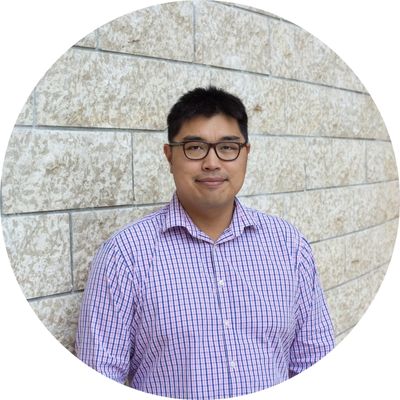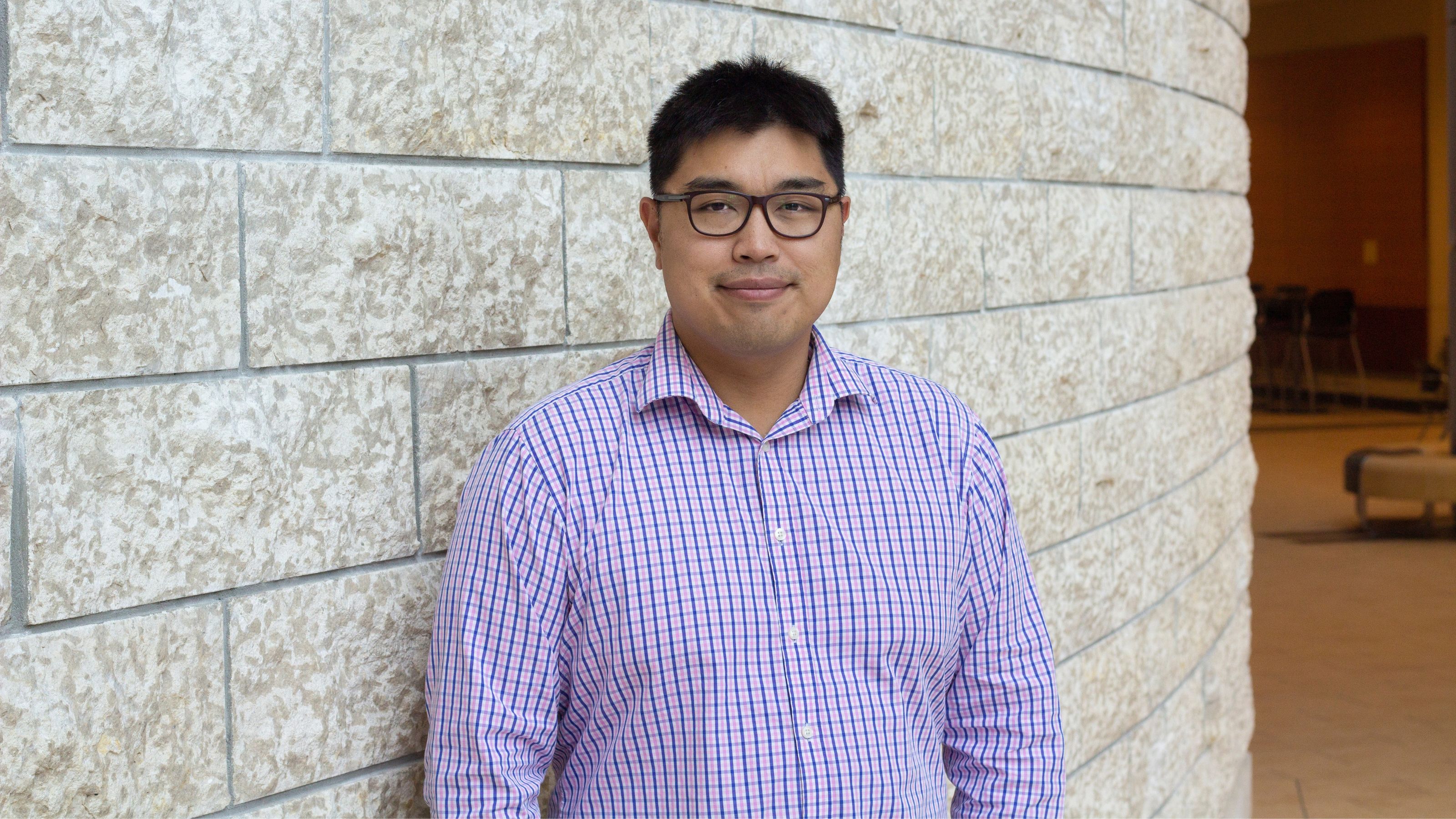Dr. Hollis Lai, an associate professor and interim associate chair in the School of Dentistry in the Faculty of Medicine & Dentistry in the College of Health Sciences, shares how expertise and patience are helping to expand his work in medical education into dental research.
In this week’s spotlight, Dr. Lai invites us to get out of our comfort zone, embrace learning through application and rely on the strengths of campus community members.
How do you describe your work to people who don’t work in your field?
I am trained as a psychometrician and a methodologist. My work relates to developing the processes and methods of how data is collected, analyzed and reported. I worked on applying and developing methods in medical education and I am currently expanding the application of these techniques into dental research.
What’s one big problem you want to solve through your work?
Translating new methods into practice is a problem I am most interested in. Bringing new methods into practice requires a different skill set for me. One example of this challenge is a process called automatic item generation. I developed this process while studying under Dr. Mark Gierl. The method was developed in two years, but deploying it into test development practice requires more time, trust, patience and expertise to continually refine the solution.
What does the word “innovation” mean to you?
To me, innovation is the application of expertise to adapt existing solutions to a new outcome. Innovation requires expertise in existing approaches, to know and guide the development of new approaches, along with a willingness to experiment. Innovation happens at all levels on campus which is why it is exciting to be a part of it.
What’s been your biggest a-ha moment — in life or work — so far?
Never underestimate the number of people it takes to do anything worthwhile or enduring.
How do you or your team come up with your best ideas?
The best ideas take time and a supportive team environment. It is the pursuit and refinement of an idea that makes it last. We often apply the attitude of “yes and…”, and food also helps.
What’s your favourite thing about working at the U of A?
The sense of community here is strong. Everyone cares deeply about our community, our organization and contributes to our environment in their own way. I have received a lot of help from those around me throughout my time here, and I have tried my best to help others in need.
How does your work, your contributions to innovation help you lead with purpose?
Deeds speak (also known as “actions speak louder than words”). I try to work on problems that can help others. I try to build learning platforms with my team that can enable change with pedagogy, technology and processes at the same time. And, I try to support my colleagues as much as I can. Trying may not always work out for me, but I can always learn from trying.
Do you have a role model at the U of A? How have they influenced you?
I have many role models on campus and am privileged to work alongside and to learn from them. Patience, guile and tenacity are a few of the many traits I learned from these individuals. They influenced me a great deal on how to commit to a cause and taught me the passion required to sustain my efforts on projects worth doing.
What’s next for you? Do you have any new projects on the horizon?
My current project involves applying mining and analytic methods in the context of dentistry. I received funding from the Network for Canadian Oral Health and Research (NCOHR) to develop, with my colleague Dr. Monica Gibson, a method on predicting periodontal diseases. I’m also working on a project with Dr. Amreesh Khanna from OraQ, a tech startup in Calgary, to validate their approach towards predicting dental clinical outcomes.
Working with dental records has its unique challenges. My hope is to create methods such that they can be used to help clinicians and patients to receive a better overall experience.

About Hollis
Dr. Hollis Lai is an associate professor, acting graduate coordinator, and director of Innovation and Quality Improvement at the School of Dentistry. He also serves as director of learning sciences in the MD Program. His research interest is in analytics and psychometrics. His team has developed many learning solutions used throughout the Faculty of Medicine and Dentistry. He co-developed the method for automatic time generation that is now being used by testing agencies around the world. Hollis is a university alumni of the Faculty of Education and the School of Business.
Find Dr. Hollis Lai on ORCID.
This conversation has been edited for brevity and clarity.
Innovator Spotlight is a series that introduces you to a faculty or staff member whose big ideas are making a big difference.
Do you know someone who’s breaking boundaries at the U of A? (Maybe it’s you!) We’re interested in hearing from people who are creating new solutions to make our world better. We want to feature people working across all disciplines, whether they’re championing bold ways of thinking, driving discovery or translating insights from the lab into the market.
Get in touch at blog@ualberta.ca.
